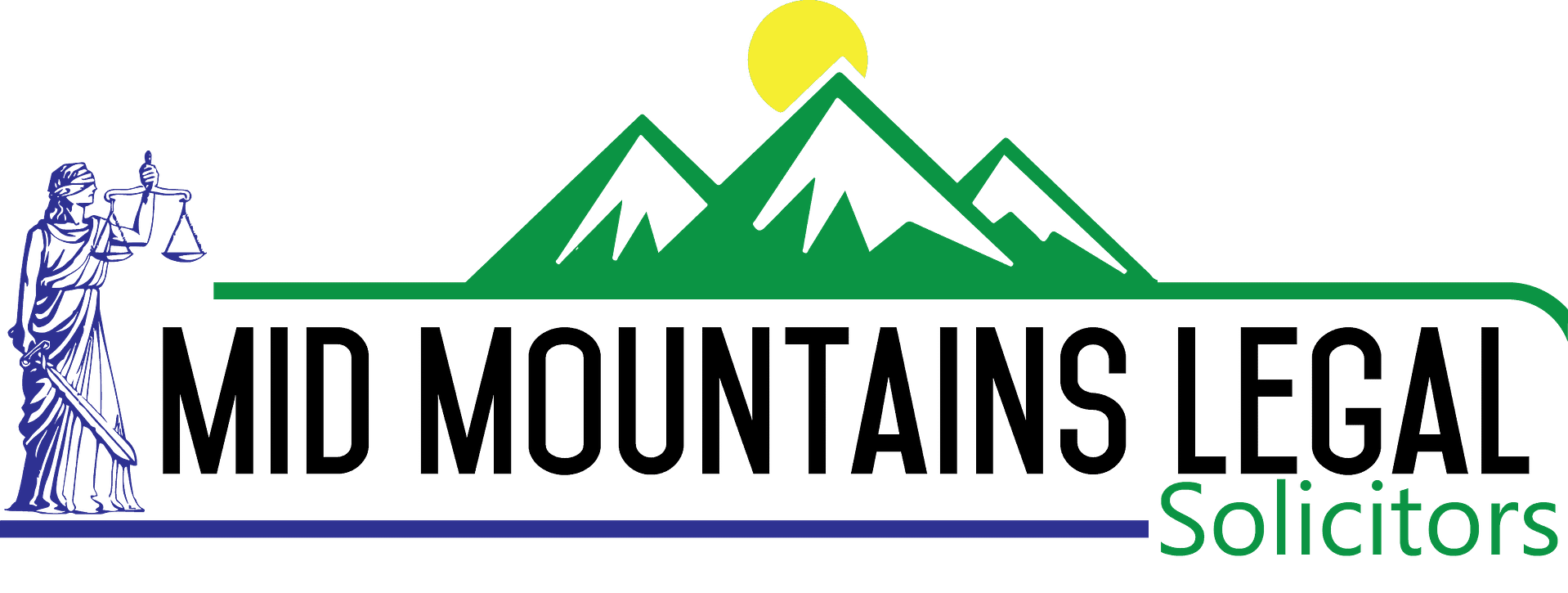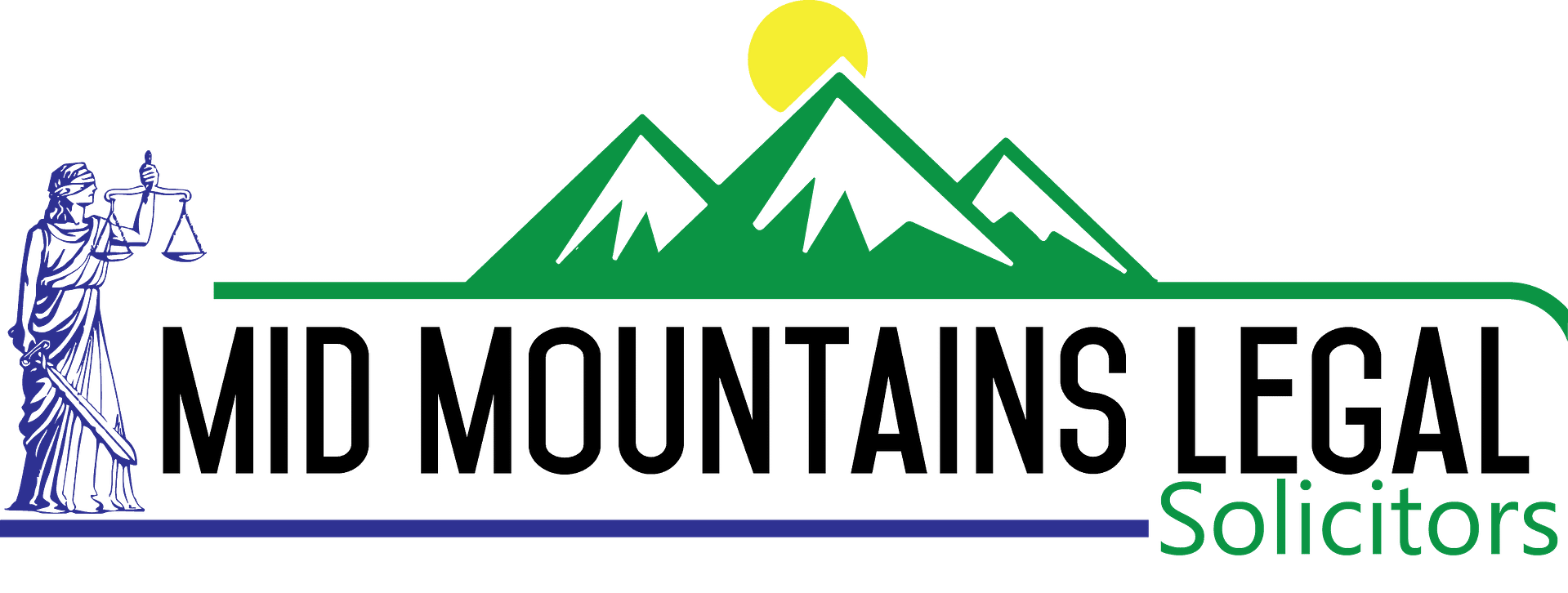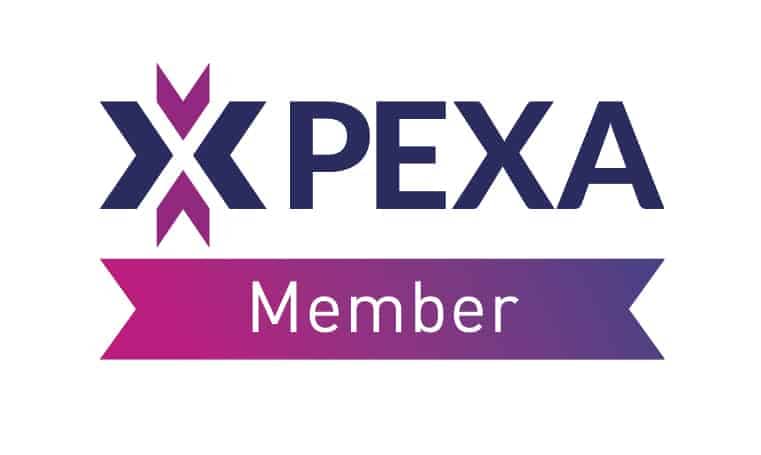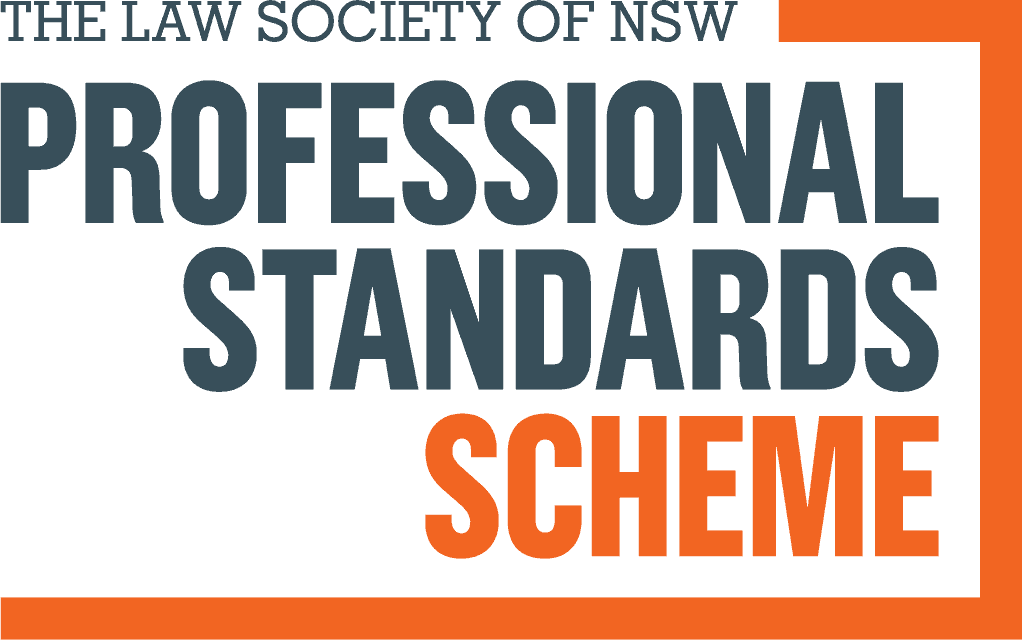Buying a small business
On this page:


Steps:
- Apply for your business loan.
- Having located a business you want to buy, consult professionals to help you decide whether to buy it.
- The seller’s solicitor usually gives your solicitor the marketing contract for sale. Ask your solicitor or accountant for advice regarding:
- the contract for sale of business;
- The key elements being purchased, and whether it may be preferable to:
- buy only equipment used by the business, or
- have a license granted to operate the business, or
- buy the company that operates the business;
- The type of entity to operate your business; and
- Licensing or qualification requirements for your industry.
Contract advice and negotiation
Your solicitor will advise you in regards to the contract for sale of business.
Once agreement is reached, the contract is signed and contracts are exchanged, making the agreement legally binding.
Buying and Selling Businesses
1. What is a “due diligence” inquiry?
Even someone with superior management skills would find it very hard to resuscitate a potentially non-viable business. Hence the need to thoroughly evaluate the financial viability of a business before entering into a binding contract to purchase it. In addition, the business should suit the interests, abilities, need, and financial capacity of the intending purchaser. These investigations are called “due diligence” inquiries.
Due diligence enquiries include:
- obtaining a valuation of the business;
- reviewing the business’s contracts;
- speaking with the business’s suppliers and staff;
- verifying the financial information provided by the seller; and
- ascertaining who the business ‘s customers are.
The seller may require the purchaser to sign a confidentiality agreement before disclosing to them confidential business information.
2. What is goodwill?
Goodwill is the right to have the continuing benefit of existing and prospective customers of the business and the maintenance of turnover and profits.
Goodwill arises from the quality of the products the business sells, the location of its premises, the absence of competition, the performance of the staff etc. It is generally reflected in earning power of the business but can be destroyed quickly by factors beyond the business owner’s control.
Elements comprising goodwill are different for different businesses. Things a purchaser should consider to help protect the goodwill include:
- introductions to customers and lists/records of customers;
- obtaining transfers of the business’s designs, patents trade marks, and logos;
- the seller training the purchaser;
- securing continued employment of key employees;
- obtaining a transfer of the business name; and
- restraints of trade by the business seller, directors or shareholders.
3. Do I need licences to run the business?
Licences and permits may be essential for the continuing operation of a business. Many licences are principally concerned with the suitability of the premises for particular uses and activities but some are concerned with the licensee’s suitability and fitness to conduct the activity. Some licences can be obtained from a public authority at a moderate annual fee, whilst others have a substantial value and may form a substantial portion of the value of a business.
Some professional or occupational licences need to be held by the business owner as a pre-condition to conducting the business and cannot be transferred to someone else. Other licences require the holder to provide evidence of substantial assets.
The Australian Business Licence Information Service provides information and forms for licences, permits, approvals, regulations and codes of practice.
4. What is a restraint of trade?
A restraint of trade is a restriction placed on a business seller, director, key employee or shareholder preventing them from undertaking certain activities for an agreed period after completion of the sale of business. The purchaser requires the restraint to protect the business’s goodwill.
5. How does the purchase of a business affect staff entitlements?
When a business is sold, the purchaser usually has a right to select which employees they want to retain.
The seller must pay out the entitlements of any employee not re-employed by the purchaser and may become liable to make severance or redundancy payments to such employees.
For most employees re-employed by the purchaser, the employee’s entitlements to long service leave and annual leave carry over and are maintained. The purchaser can be liable to pay employees for such leave accrued before the purchaser became the owner. The purchaser should settle with the seller provision for these obligations in pre-sale negotiations.
Under most awards or industrial agreements, a purchaser does not acquire any retrospective liability in respect of employees’ untaken sick leave for the pre-purchase period.
Purchasers may be required to make severance or redundancy payments those employees they re-employ and subsequently discharge .
Purchasers should also be aware of the effect of fringe benefits tax on benefits given to valuable employees to induce them to stay on.
6. Is stamp duty payable on the sale and purchase of a business?
Stamp duty is not payable on the transfer of ‘business assets’. A ‘business asset’ includes goodwill, intellectual property, stock in trade, registered motor vehicles and a statutory licence such as a gaming machine entitlement.
However, stamp duty is payable on any land, or an interest in land (e.g. a transfer of lease) included in the sale of a business and on ‘dutiable goods’ (e.g. plant and equipment) also involved in that transaction.
7. Does GST apply to the sale and purchase of a business?
GST may be payable on the sale of a business if it is a taxable supply for the purpose of the GST legislation.
The contract for sale of the business will usually contain provisions relating to whether the price is inclusive of GST and whether the purchaser or the vendor is liable to pay the GST.
The sale of a business may be GST free if the sale constituted the supply of a “going concern” (i.e. where the seller supplies to the purchaser everything necessary for the continued operation of the enterprise and carries on the enterprise until the day of supply [usually the completion day]).
If a business purchaser is to obtain an input tax credit (i.e. claim back GST) or if a business sale is to be GST free under the sale of a going concern concessions, the purchaser must be (or be required to be) GST registered at the time of the supply and acquisition.
What is the PPSR?
The Personal Property Securities Register
The Personal Property Securities Register (PPSR) is an official public noticeboard of registered security interests in personal property.
Land, buildings and fixtures attached to the land are not personal property.
The PPSR is managed by the Registrar of Personal Property Securities under the Australian Financial Security Authority.
Registering interests on the PPSR
Registering an interest on the PPSR tells the world that the registered party claims to have a security interest over the property.
A security interest may be created when a grantor agrees to a secured party taking an interest in the personal property of the grantor as security for a loan or other obligation. The secured party can take the personal property (collateral) if the secured obligation is not met.
A potential purchaser can search the PPSR to determine if there are any security interests over items of personal property.
What is Intellectual Property?
The expressions “industrial property” and “intellectual property” describe the rights giving protection to creative and intellectual effort. They include:
- trade marks
- copyright
- patents
- designs
- confidential information; and
- domain names.
Trade Marks
A trade mark can be a phrase, word, number, letter, smell, sound, shape, picture, logo, aspect of packaging or a combination of these used to distinguish your goods and services from those of other traders.
The Trade Marks Act 1995 (Cth) governs the registration and infringement of registered trade marks.
Registration of a trade mark provides the legal right to use, license or sell the mark within Australia for the goods and services for which it is registered. A registered trade mark owner can sue a business or company name owner for infringing the trade mark if they use it to describe similar goods or services to those covered by the trade mark registration.
Registering your trade mark gives you the right to:
- exclusively use or authorise another person to use the mark within Australia in relation to specified goods or services;
- sell the trade mark as personal property; and
- notify the Australian Border Force of your objection to the importation of goods that infringe your rights in trade marks.
The initial registration period of 10 years may be renewed indefinitely for 10 year periods. Unused trade marks may be removed from the register.
Copyright
The law of copyright is governed by the Copyright Act 1968 (Cth). Copyright is legal protection for people who express ideas and information in forms such as writing, visual images, music and film. It protects the form of expression of an idea or information.
Australia does not have a system of registration for copyright protection.
Copyright protection is free and automatic. A work need not be published or bear a copyright notice to be covered by copyright. However, it must be the result of its creator’s skill and effort.
The general rule is that copyright lasts for the life of the creator plus 70 years, or sometimes for 70 years from the date of first publication.
Patents
The Patents Act 1990 (Cth) regulates rights in relation to patents and patent owners (“patentees”) and gives a patentee a monopoly for inventions. This prevents others from exploiting an invention for the duration of the patent.
A patent must be registered in the country in which you seek protection.
To be patentable, an invention must meet criteria set out in the Patents Act. It must be novel and relate to a field of commercial endeavour. To be “new” or “novel”, the invention must not have been published or used by anyone worldwide before the patent application’s “priority date”.
In Australia the two types of patent protection are a standard patent and an innovation patent. An innovation patent gives less protection and has a shorter term (8 years) than a standard patent (20 years).
Designs
“Design” relates to the artistic element in or overall appearance of a manufactured product.
To be registrable, a design must be new and distinctive. Registering a design protects the visual appearance of a newly created article or product from being copied by competitors for five years (renewable for five years) (Designs Act 2003).
Confidential Information
“Confidentiality” and “trade secrets” refer to a type of intellectual property and a strategy to protect intellectual property.
A Confidentiality Deed may be required to protect confidential information. It is an agreement between parties to keep specified information confidential. One party may disclose confidential information to another, or both parties may exchange information.
Domain Names
Your business must have all relevant domain names registered with the relevant organisations.
Commercial and Retail Leases in NSW
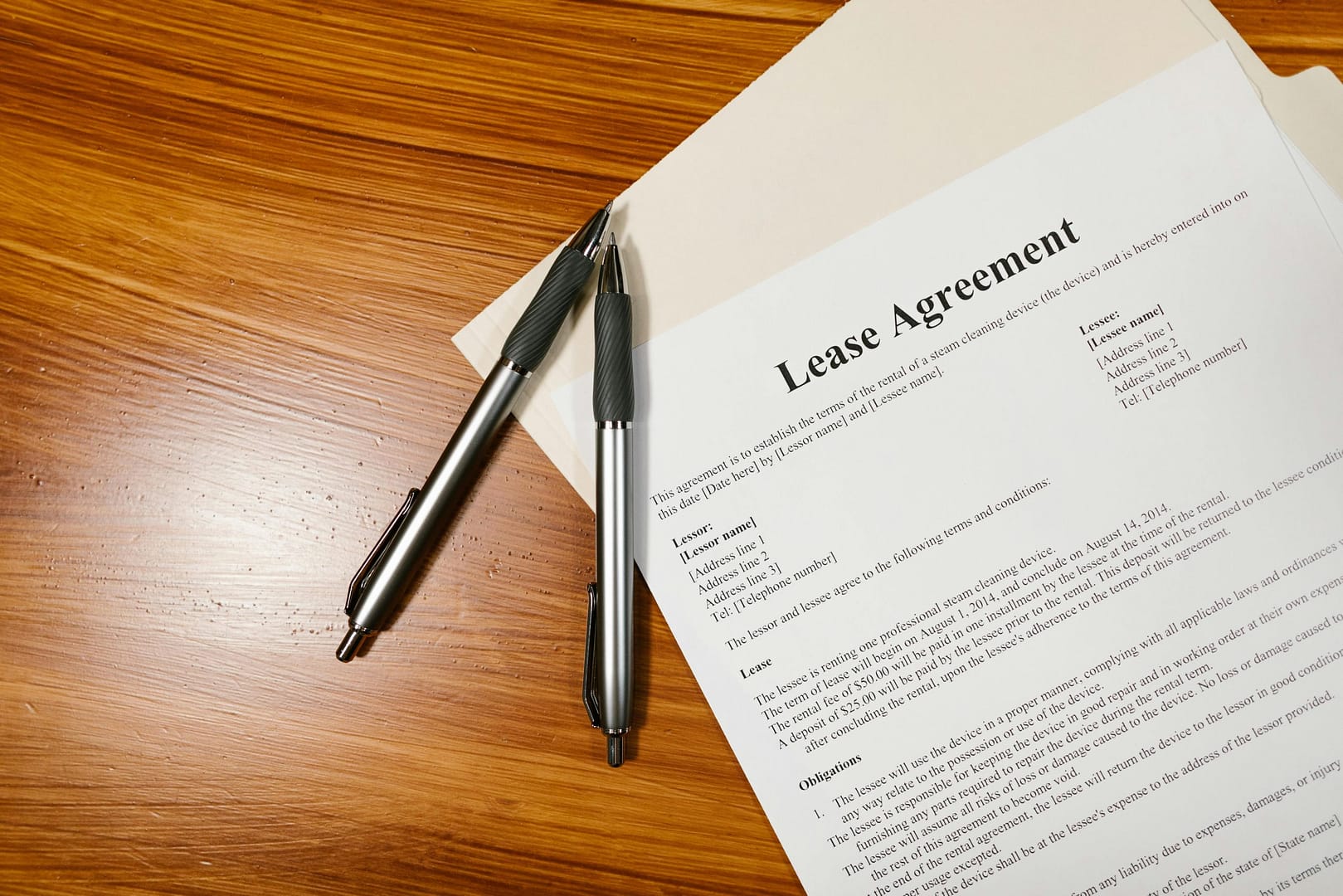
Whether you’re taking over an existing lease, surrendering or exercising an option on a lease, or commencing a new lease, we’re here to advise, support and guide you through the process.
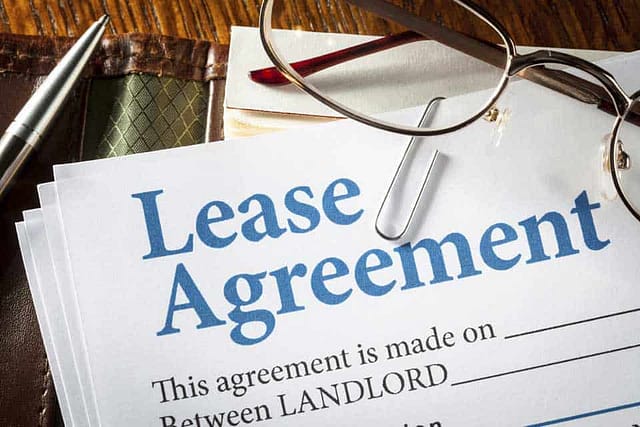
Commercial and Retail Leases
Is it a commercial lease or a retail lease?
If you are looking for premises for a business or retail shop, following are some questions to consider before signing a commercial or retail lease.
The regulatory framework is different for each type of lease.
Parties to a commercial lease (e.g. warehouses, offices, and industrial sites) can contract out of the relevant conveyancing and property legislation and the extent of the tenant’s liability can be negotiated.
A retail lease (e.g. businesses and shops located in a shopping centre) assumes that the tenant has unequal bargaining power with the landlord. It aims to protect the tenant’s rights and places additional obligations on the landlord.
What are important provisions to look out for?
Significant terms include:
- The term of the lease;
- The premises covered by the lease, rights of access, parking, and use of additional amenities;
- Rent and rent review;
- Entitlement to affix and remove fixtures;
- Existence and terms of any option to renew;
- Obligations for doing work or expending money (e.g. paying rates, electricity and other outgoings and to maintain and repair the premises);
- Restrictions on user and ability to change user;
- Entitlement to assign or sublet and the conditions of that entitlement;
- Landlord’s entitlement to terminate the lease.
Retail Leases
Have you been given a disclosure statement?
At least seven days before you enter into a retail lease, you must be given a disclosure statement summarising your financial obligations. It covers rent, outgoings, rent review, other costs associated with the lease, and other provisions such as the likelihood of demolition and relocation of the premises. If the landlord doesn’t provide a disclosure statement, the tenant can terminate the lease, even after it’s commencement.
The disclosure statement also sets out your obligations, such as insurance to be taken out, fitout works to be carried out, and whether and how often you must redecorate the premises.
Who pays the lease preparation fees?
Under the Retail Leases Act 1994 (NSW), the tenant doesn’t have to pay the landlord’s lease preparation costs or mortgagee consent fees. However, the tenant may have to pay for changes to the lease if they ask for the changes after having returned the tenant’s disclosure statement to the landlord.
The tenant is required to pay for the registration of the lease, which should be done for leases with a period of over three years (including any option to renew period).
For commercial leases, the parties can negotiate who is responsible for the payment of fees.
Takeaways
Your lawyer advises you with regards to the proposed lease and can negotiate changes. If you don’t understand you and the landlord’s rights and obligations, you might end up paying much more than you saved by not engaging a lawyer to review the lease.
There are significant differences between retail and non-retail leases. It is important that you understand what the Retail Leases Act 1994 permits regarding your lease terms and the consequences of non-compliance with your mandatory obligations.
The terms of commercial leases are unregulated so it is important to have the terms reviewed to ensure that they are not excessively in the landlord’s favour or place unfair obligations on you.
Option to renew your lease
What is an option to renew?
An option to renew is a provision in commercial and retail leases allowing the tenant to require the landlord to grant them a new lease at the end of the existing lease. The new lease is usually on the same terms as the existing lease, with the rent updated. The terms of the option lease can only be varied by mutual agreement.
From the tenant’s perspective, an option provides the security of a longer term. It gives the tenant the flexibility to secure the premises for a further period or decline to take up the option and end the lease.
Exercising an option to renew
The mechanism for exercising the option to renew is set out in the lease terms. The renewal process usually includes the following requirements:
- written notice must be sent to the landlord or managing agent of your intention to exercise the option;
- the notice must be provided within the period set out in the lease (often six to three months before the end of the current term);
- you must not be in breach or default of the lease; and
- you must comply with any pre-agreed requirements for the renewal.
Landlord’s obligations on exercise of the option
Having been served the notice to exercise the option to renew, the landlord must:
- prepare the new lease on the same terms (unless varied by the terms of the original lease or by mutual agreement) for the further term; or
- prepare a variation of lease extending the current lease and incorporating any agreed changes; and
- facilitate execution of the documents and registration with NSW Land Registry Services.
Depending on the terms of the lease and whether it is a retail lease, the landlord may require the tenant to pay the costs of preparing the new lease, variation and registration costs.
Failure to exercise the option
If a tenant intends to stay on in the premises, failing to exercise the option to renew can be catastrophic. If the procedure for exercising the option is not followed properly, then the landlord is under no obligation to grant a further term. In that event, the lease will terminate and the landlord can require the tenant to vacate the premises at the end of the term.
If a tenant fails to exercise the option validly, the landlord can choose to renew the lease or to negotiate fresh lease terms. This puts the tenant at a significant disadvantage: the landlord may require a rent increase or other unfavourable terms that could have been avoided by renewing the lease validly.
In some cases the landlord will allow a tenant to remain in the premises as a periodic tenant. The tenancy will be on the same terms as the original lease, but the landlord can increase the rent and the lease can be terminated by either party on one month’s notice. Again, the terms of the lease may stipulate terms for periodic tenancies.
Takeaway
If the lease includes an option to renew, the tenant should:
- familiarise themselves with the option to renew mechanism and requirements at the beginning of the lease;
- Write down the key dates to exercise the option and diarise a reminder;
- Ensure that a notice to exercise the option unequivocally expresses the intention to exercise the option; and
- Comply with the lease requirements when serving the notice (i.e. service by email or post).
Assigning or Transferring a Commercial Lease (NSW)
If you lease a commercial property to operate your business, circumstances may arise where you need to transfer the lease. A tenant transfers (also known as assignment) a commercial lease to another party (the assignee) before the end of a lease term when the tenant:
- Is selling their business, and the purchaser agrees to accept the existing lease rather than enter into a new lease with the landlord; or
- proposes to exit the lease and has found an assignee who will take on the existing lease.
Seek your landlord’s consent
When a tenant proposes an assignment, they should:
- review the existing lease to identify if it can be assigned;
- identify the requirements of landlord’s consent upon assignment; and
- correspond with the landlord or agent regarding consent and approval of the proposed assignee under the lease.
When seeking your landlord’s consent for the assignment, the proposed new tenant must usually provide their financial and business references to the landlord.
Can a landlord refuse to assign a retail lease?
If the lease is a retail lease, the landlord will not be able to withhold consent to an assignment unreasonably. The Retail Leases Act 1994 sets out when the landlord can withhold their consent including that the:
- assignee proposes to change the permitted use;
- assignee’s financial resources or retailing skills are inferior to the assignor’s, and
- assignor has not complied with the procedure for obtaining consent to assignment., including providing an updated disclosure statement.
Always check the Retail Leases Act 1994 when undertaking an assignment.
Deed of assignment
After obtaining the landlord’s consent, a deed of consent to assignment is prepared which outlines that the:
- landlord confirms their consent to the transfer of lease;
- tenant agrees to transfer their interest in the lease to the assignee from a specified date (the assignment date); and
- assignee (the new tenant), agrees to assume from the assignment date the rights and obligations of the lease as if they were the original tenant (e.g. repairs, security and payment of rent and outgoings) for the term of the lease and any options or renewals.
The Landlord
Generally, the landlord’s key concern is that the transfer does not affect their rights under the lease. Their goal will be to ensure that the original tenant (assignor) complies with their obligations under the lease until the assignment date. The landlord can take action against the tenant after the assignment date for a breach of the lease.
The landlord will also want to ensure that the assignee can comply with the lease obligations. This is likely to involve an assessment of the assignee as a tenant. Before confirming their consent to the transfer, the landlord examines information about the assignee such as:
- financial statements;
- business history; and
- professional references.
Finally, there is usually an agreement about who is liable for the costs of the deed of assignment. The landlord’s lawyer usually prepares the agreement. However, the outgoing tenant or the incoming tenant usually pays these costs.
The deed of assignment usually requires the assignee to give the relevant security and guarantees.
The outgoing tenant
The outgoing tenant’s key concern is to be released from their obligations under the lease from the assignment date. The deed of assignment should specify that:
- the tenant is released from the assignment date from any claims or liabilities under the lease (provided there is no existing breach of the lease); and
- any security the tenant has provided is to be returned or refunded.
The tenant is bound to comply with their obligations under the terms of the lease until the assignment date, when the deed of assignment formalises the transfer.
With retail leases, the assignor usually organise the registration of the transfer of deed and divides the costs with the assignee.
The assignee
The assignee’s key concern is for the landlord to accept the transfer of the commercial lease from the assignment date. The deed of assignment should provide that the:
- landlord accepts the assignee as tenant from the assignment date;
- landlord will observe their obligations specified in the lease in favour of the assignee; and
- parties sign and register a transfer of lease form with Land Registry Services.
The assignee should review the contents of the commercial lease (including the disclosure statement if it is a retail lease) before signing the deed of assignment. The tenant’s obligations may include providing security and a personal guarantee.
A personal guarantee is taken on by an individual to guarantee the obligations of another individual or entity.
Costs
Before finalising the deed of assignment, the assignor, landlord and assignee must agree on who bears the costs of preparing, negotiating and registering the deed of assignment. Generally, the assignee bears the costs. However, you may negotiate to cap the amount or exclude negotiation costs.
When must I pay stamp duty on a commercial lease? (NSW)
Stamp duty is a tax that’s imposed on transactions of property and the purchase of assets. Stamp duty on new leases was abolished in New South Wales in 2008. However, there are still circumstances where a tenant, must pay stamp duty under a commercial or retail lease. Those include:-
Managing a lease when purchasing a business
Creation of lease
You must pay stamp duty on a new lease only when you pay the landlord a lump sum payment to encourage the landlord to grant the lease. For example, you enter into a lease after the landlord agrees to grant an option for an agreed amount or requires a premium payment. An amount payable upfront is a capital payment on which stamp duty is payable.
Retail leases
For retail leases, key money payments (including premium payments) are not permitted.
Premium payment vs up-front rent
There is a difference between premium payments and rent up-front or in lump sum instalments.
The payment must be considered a capital payment. In general, if you pay a sum simply to gain access to the right to lease (rather than to gain the use of the premises) it is likely to be considered a premium. Payments made for the use of the premises will be viewed as ordinary rent on which no duty is payable.
Exempt leases
Some leases are exempt from stamp duty even if a premium is payable. These include leases:
- of units in a retirement village;
- for approved nursing homes; or
- of premises to the Home Care Service of NSW
Transfer of lease
You must pay stamp duty on the transfer or assignment of a lease. The amount will depend on whether you are paying any money specifically for the transfer.
Even if you are not paying any money for the transfer, you must still pay Revenue NSW a nominal amount (currently $10) each time you transfer your lease.
As the assignment or transfer of a lease often occurs in conjunction with the sale of a business, other dutiable amounts may also be payable.
For example, if the sale of business includes a transfer of lease and goods, then the following nominal stamp duty amounts will be payable:
- $10 on the Sale of Business Agreement;
- $10 for the duplicate Sale of Business Agreement; and
- $10 for the Transfer of Lease.
You must pay at least $30 if the transfer of the lease occurs as part of the sale of the business.
Surrender of lease
The surrender of a lease (where you voluntarily give up the lease to the landlord before your lease term has expired) is also subject to stamp duty.
The amount of duty will also depend on the circumstances of the surrender. If the landlord requires you to surrender the premises and pays you an amount as compensation, then this amount is subject to duty.
On the other hand, if you voluntarily surrender the lease, then you must pay a nominal $10 duty.
Surrender of Lease
What is a Deed of Surrender of Lease?
When a landlord and tenant agree to terminate an existing lease before the expiry date, it is known as a termination of lease by agreement or a surrender of lease.
That agreement must be formally recorded in a Deed of Surrender of lease, which formally terminates the lease and records any other arrangements the landlord and tenant have agreed to.
What should I consider when negotiating a Deed of Surrender of Lease?
Before preparing the legal documents, the landlord and tenant should reach agreement on conditions including:-
- Date of surrender of lease;
- Who pays the legal fees;
- Rent and outgoings;
- Payment for early termination of the lease;
- Mutual release;
- Make Good;
- Guarantees Bonds, Security deposits and Bank Guarantees.
Here to Help
Contact us to guide and support you through the process of taking out, assigning or surrendering a commercial or retail lease.
